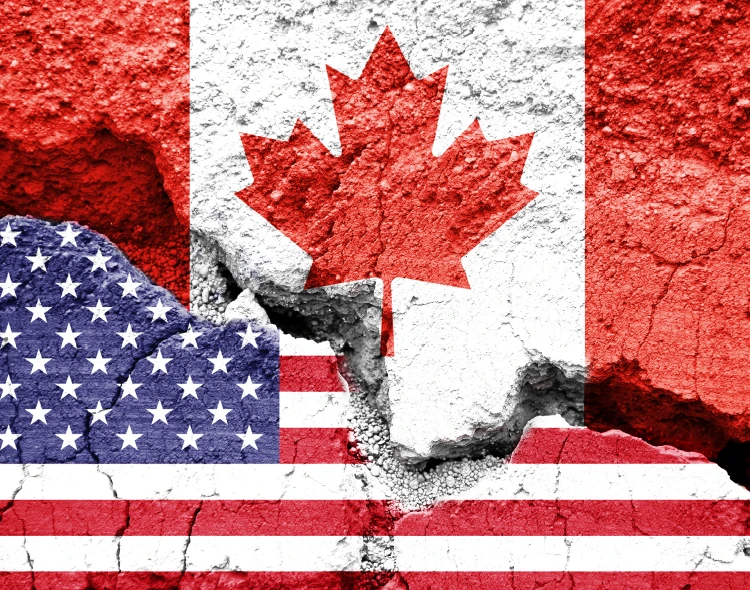

On July 10, 2025, President Donald Trump issued a letter to Canadian Prime Minister Mark Carney announcing the imposition of new 35% “reciprocal” tariffs based on the International Emergency Economic Powers Act (IEEPA) on goods from Canada, scheduled to become effective August 1, 2025. A prior deadline had been set for July 21 to strike a deal on trade and security between the U.S. and Canada; the Canadian government has since (after the President’s letter) announced that it has been moved to August 1. A similar letter was sent to Mexican President Claudia Sheinbaum the next day, announcing an August 1 increase to 30% on such tariff rates for Mexican goods.
These announcements come on the heels of a flurry of such notices sent on July 7, 2025, to 14 countries1 of new reciprocal rates effective as of August 1, absent the brokering of bilateral trade deals with the nations involved. To date, declared trade deals have been reached with the United Kingdom, Vietnam, Indonesia, and (most recently) the Philippines and Japan. Negotiations with China are said to be ongoing and are not affected by the July 7 Executive Order.
For reference, these are the tariffs currently in effect on Canadian goods imported into the U.S.:
The U.S. has advised that should Canada (or any trading partner) respond to these tariffs with retaliatory tariffs of their own, the U.S. would add that rate to its own tariffs on that country’s products.
President Trump also announced on July 9, 2025, via his Truth Social account, that a 50% tariff would apply to copper imports from any country of origin, starting on August 1, 2025; still, no CSMS (Cargo Systems Messaging Service) or Federal Register confirmation of that has yet to be published. Similarly, while he has suggested that new tariffs on semiconductors and a 200% duty on pharmaceuticals might be imposed, no Executive Order or U.S. Customs notice has been issued regarding those yet.
The Phillips Lytle International Business Law Team continues to closely monitor all ongoing developments in trade policy and is available to provide advice regarding legal requirements and strategies to manage and mitigate the business impact of these tariffs.
Additional Assistance
For more information, please contact James Kevin Wholey at (202) 617-2714 or jwholey@phillipslytle.com; any member of the Phillips Lytle International Business Law Team; or the Phillips Lytle attorney with whom you have a relationship.
Receive firm communications, legal news and industry alerts delivered to your inbox.
Subscribe Now